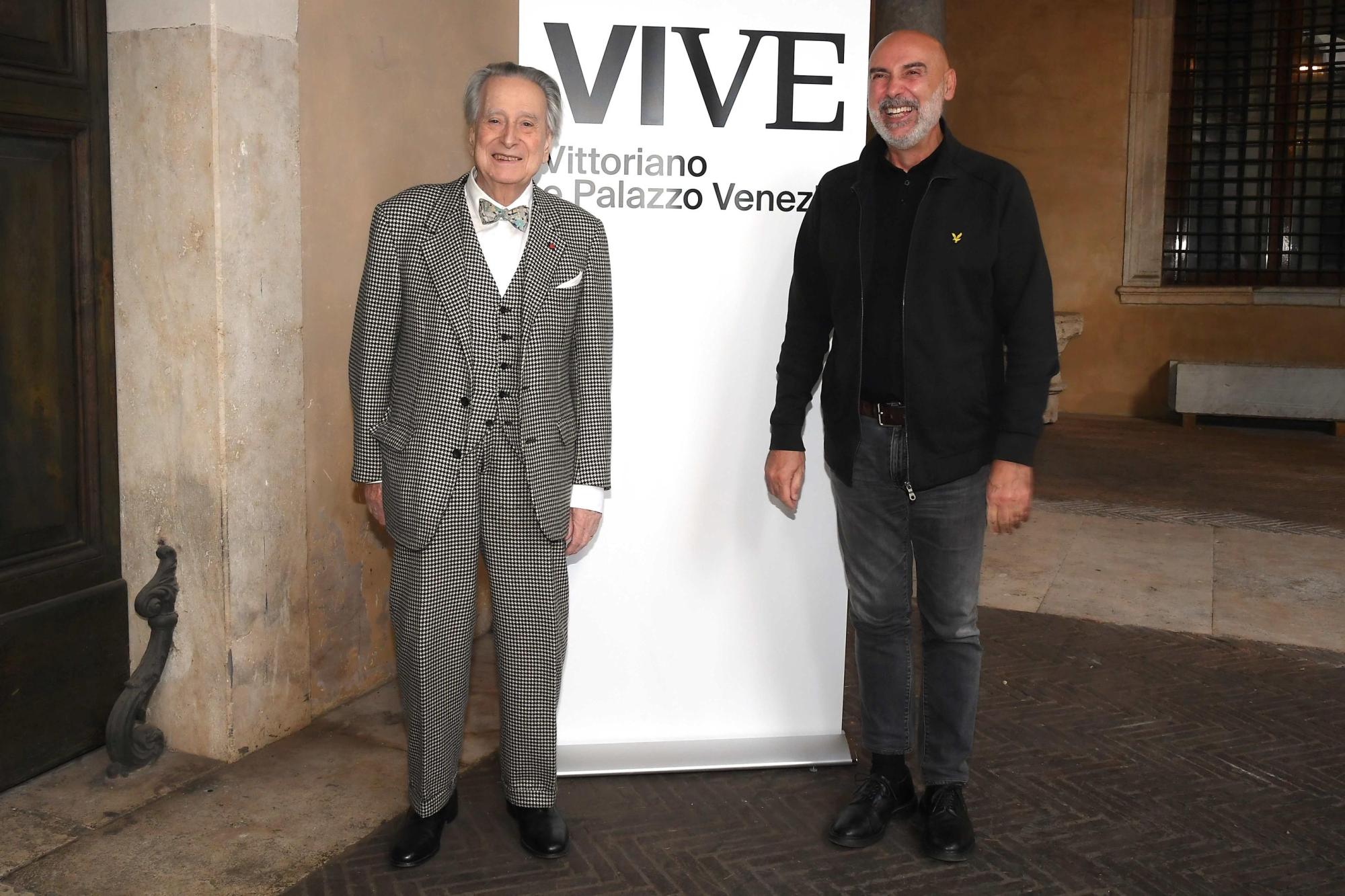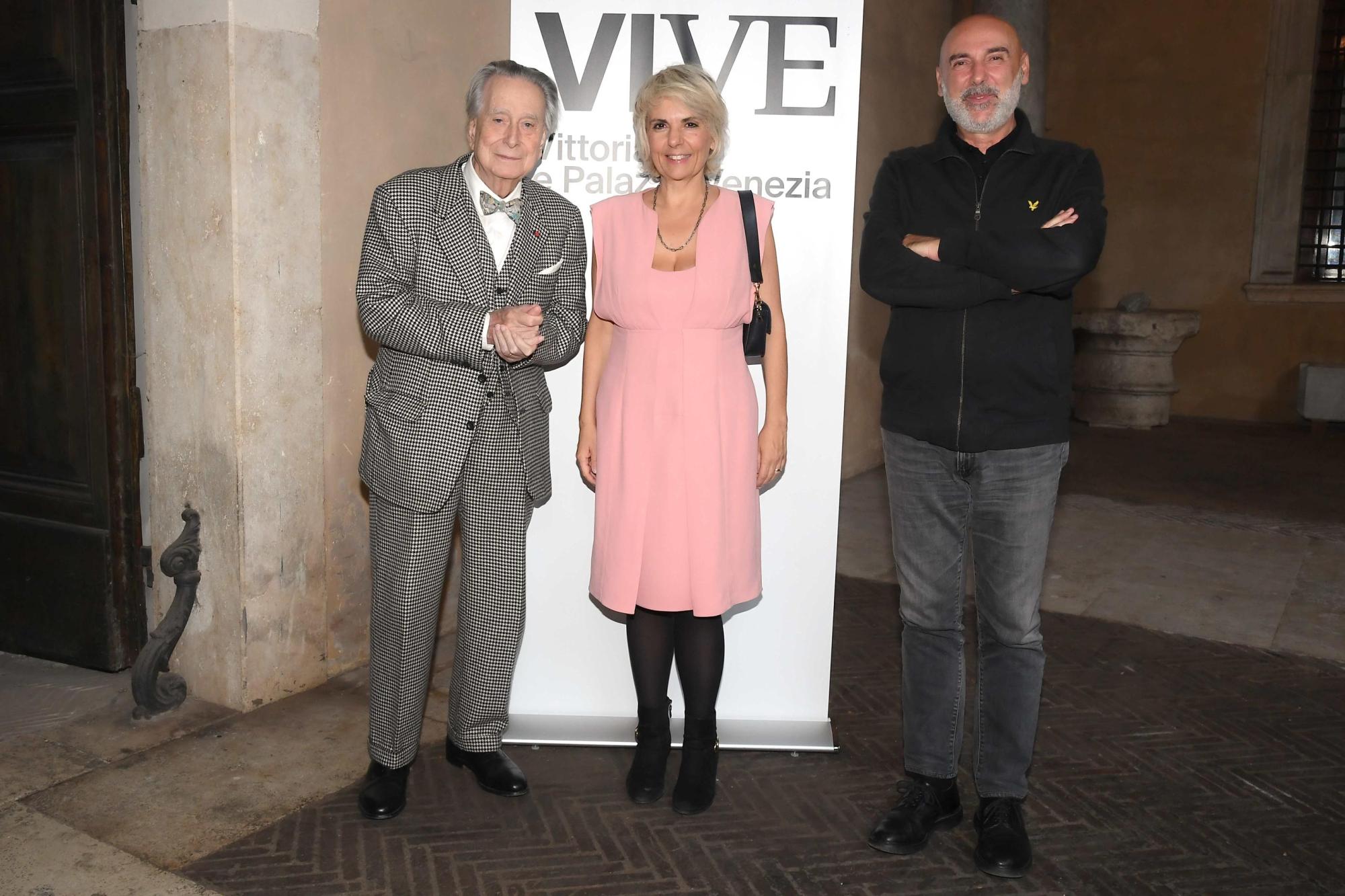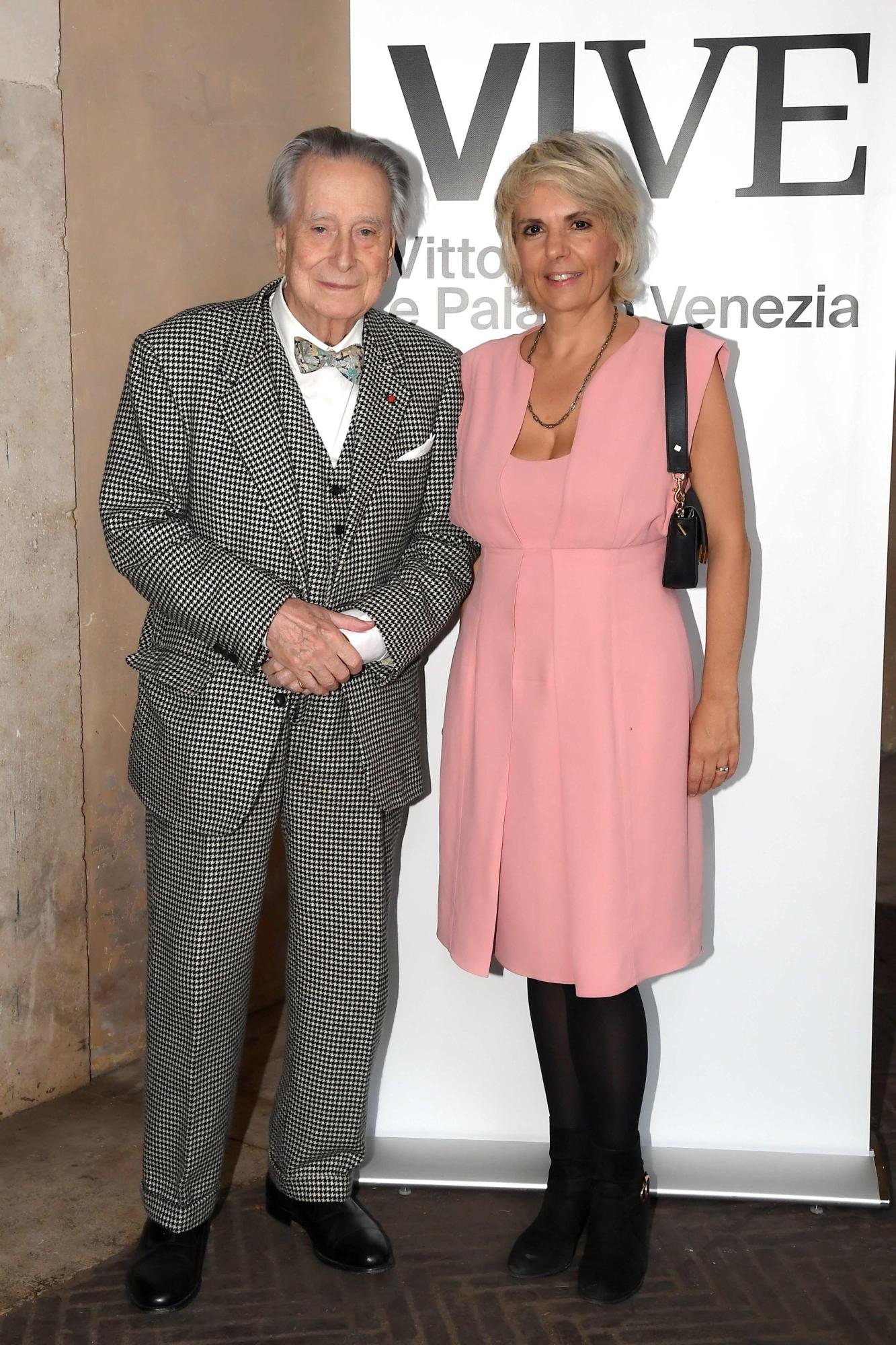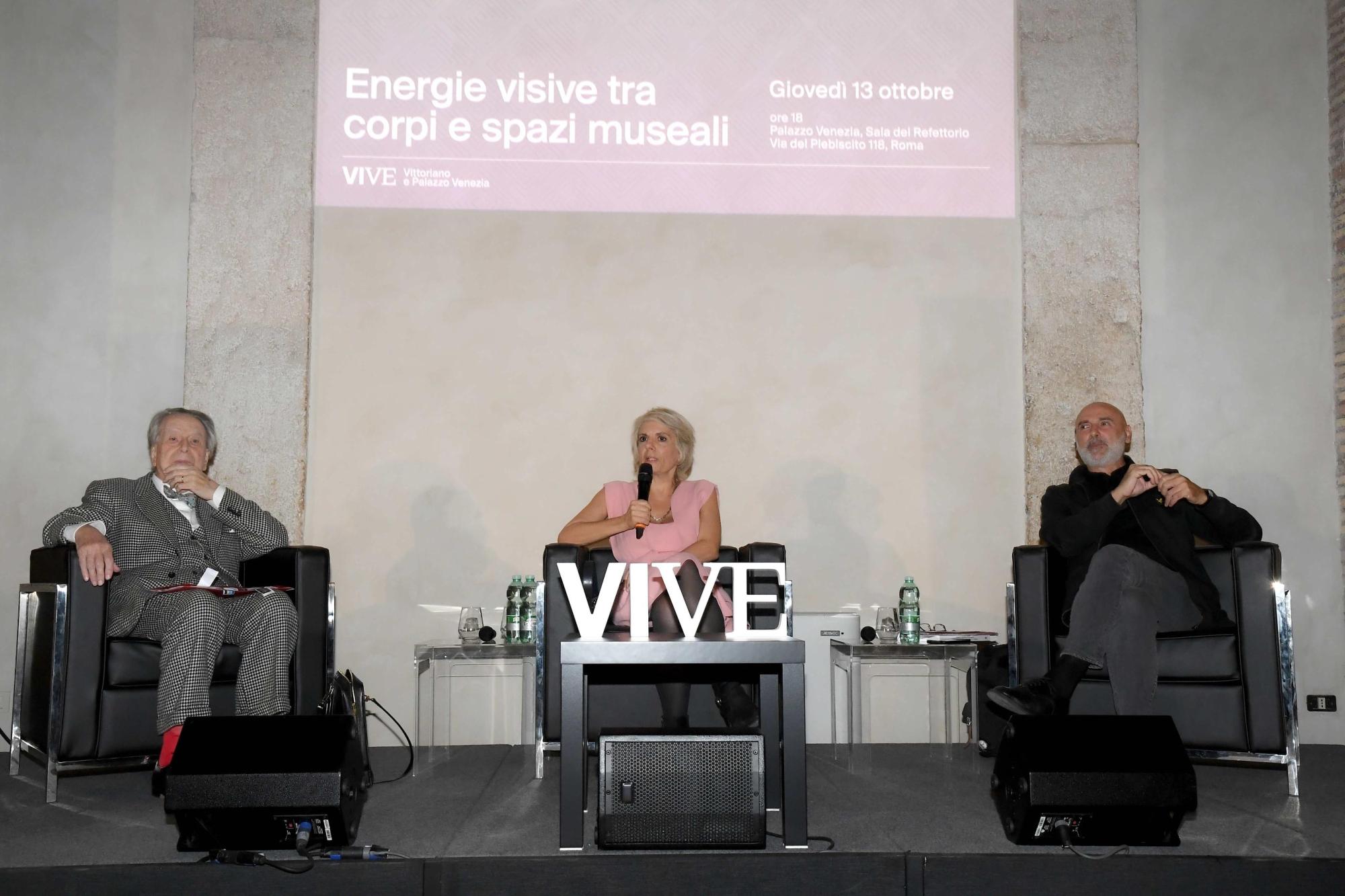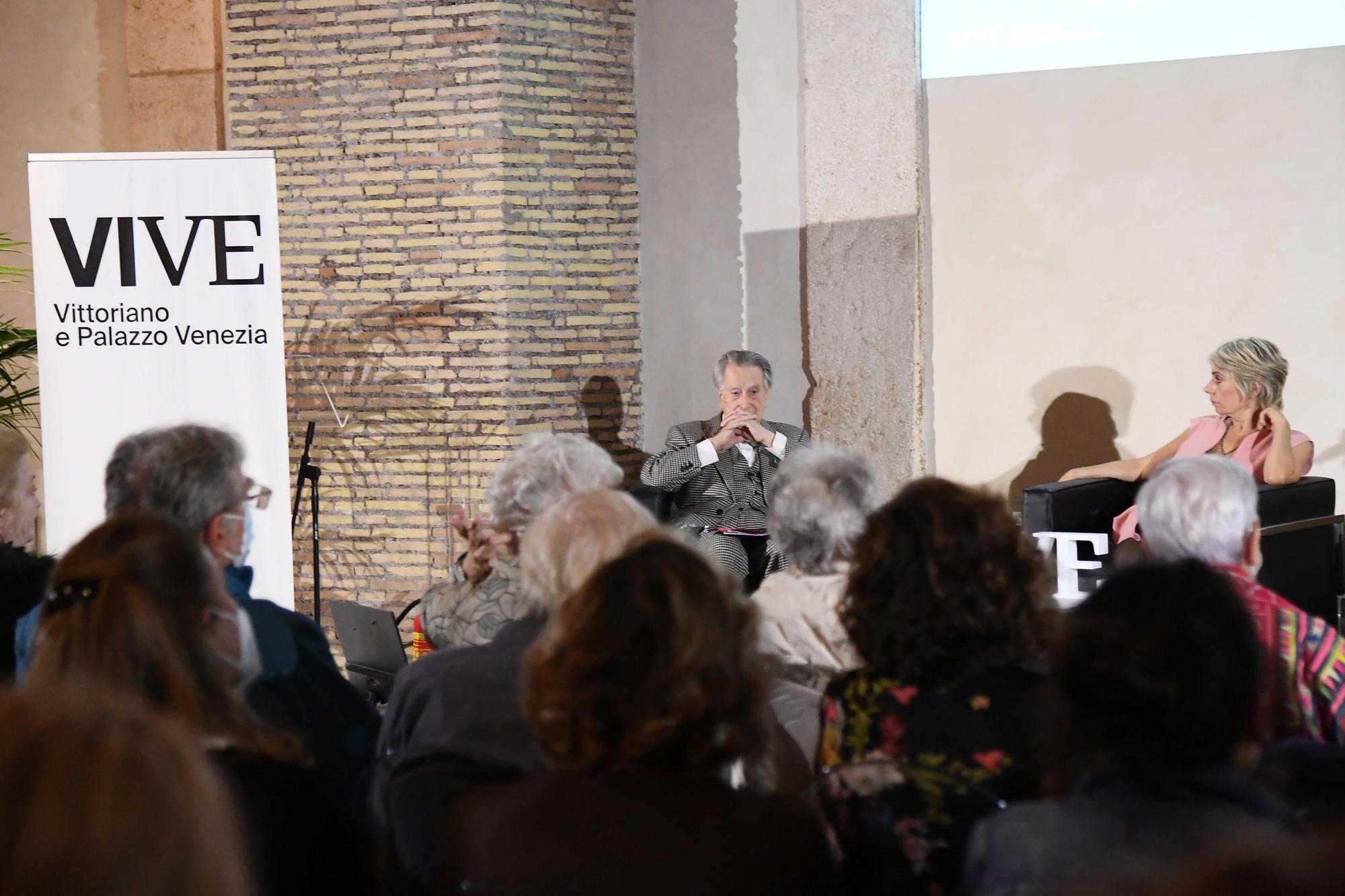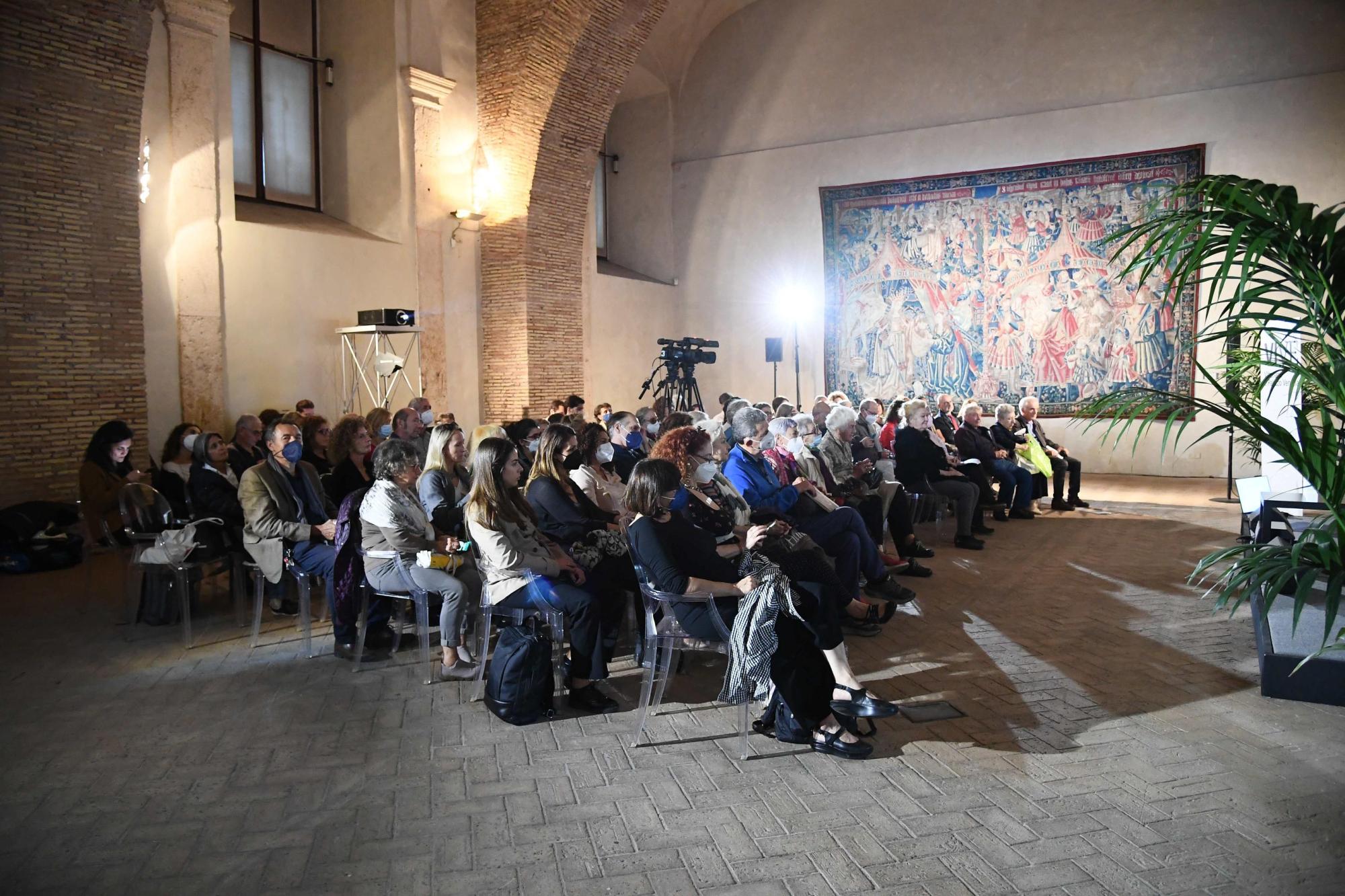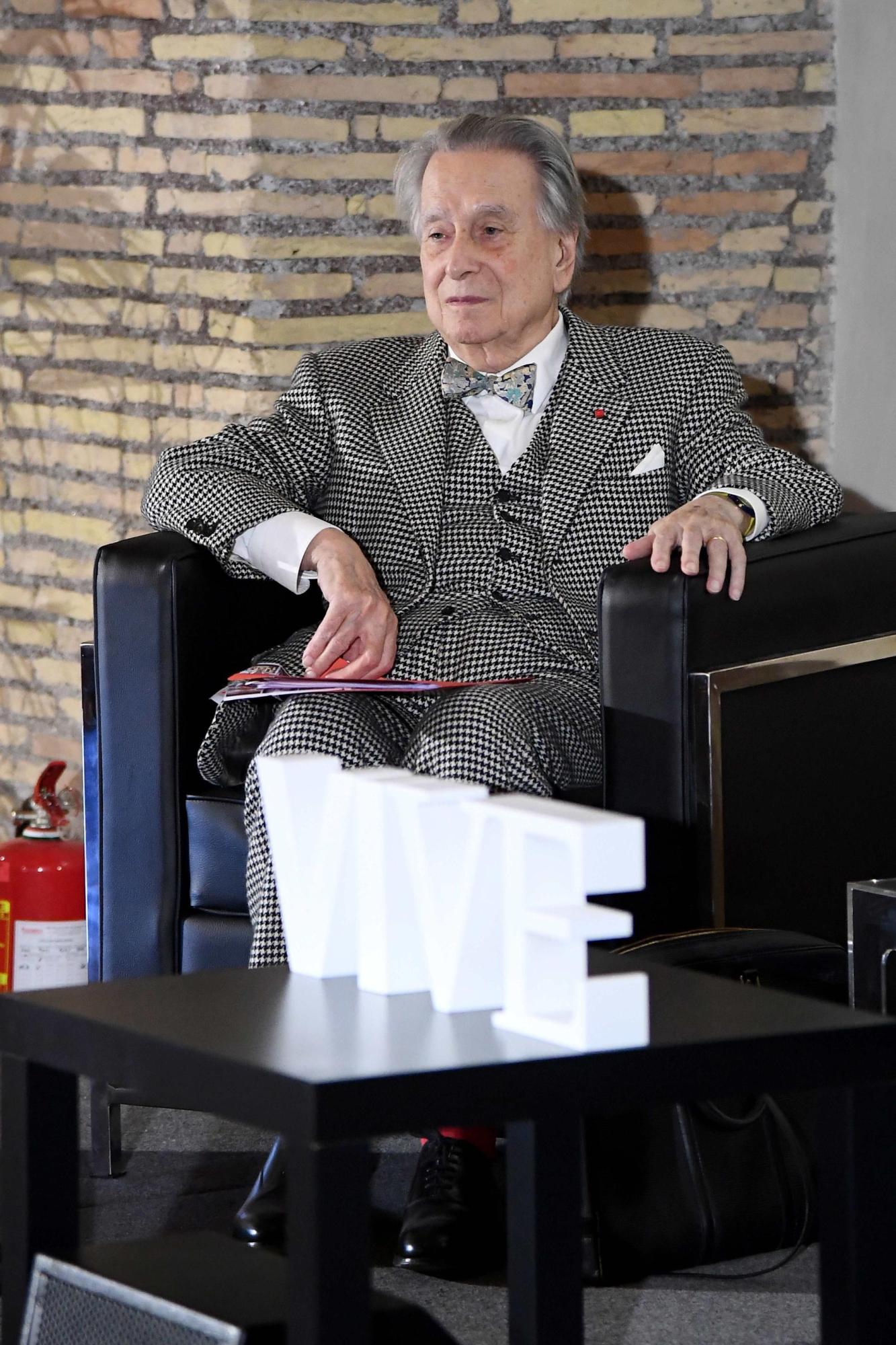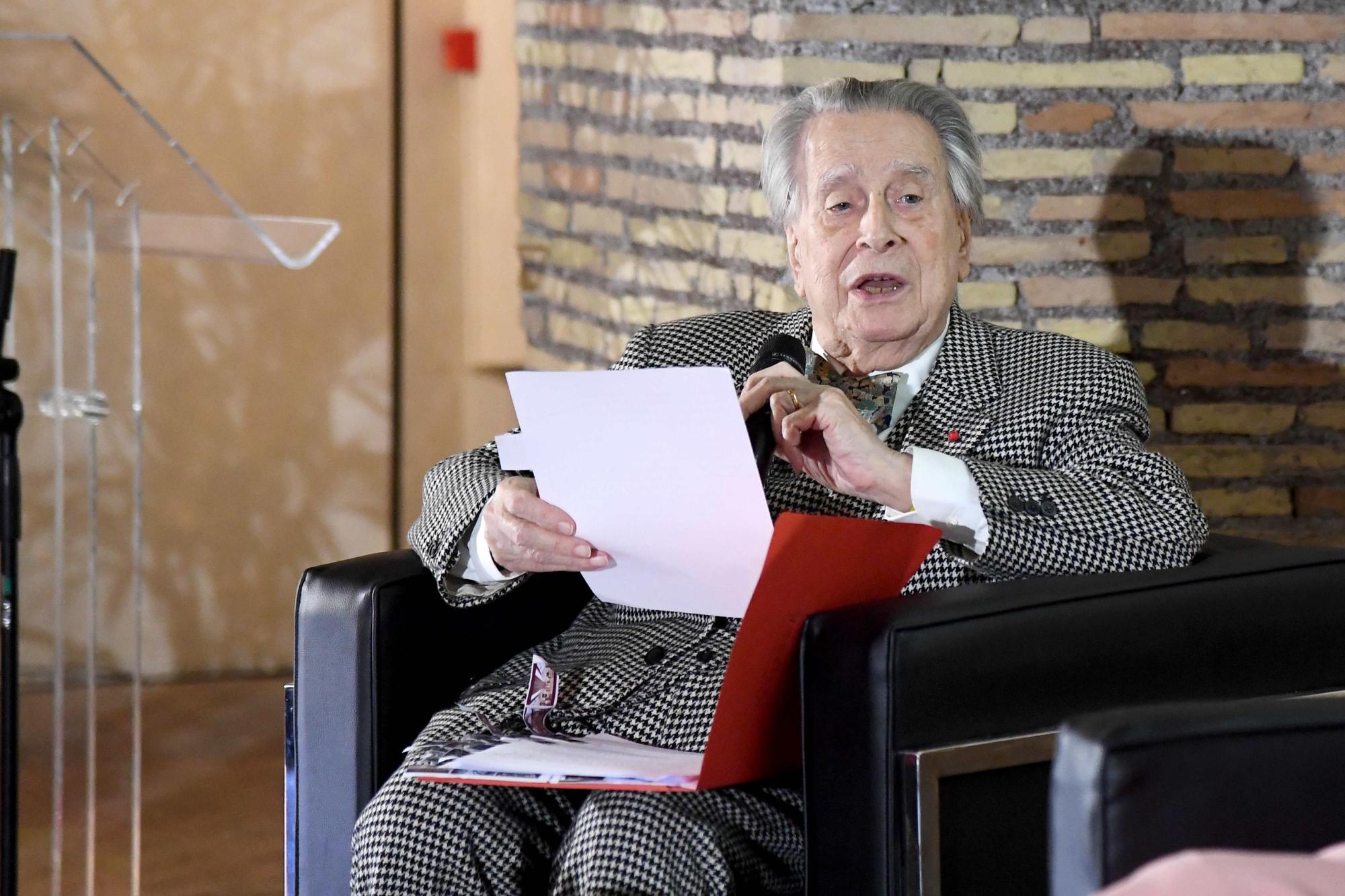SERIES: Visual energies between bodies and museum spaces
SPEAKER: Paolo Portoghesi
DATE: Thursday 13 October, 6 p.m.
PLACE: Sala del Refettorio
That museums and in general cultural activities connected with the arts are an important element of modern civilisation is a fact. What they actually convey to society is a subject that deserves in-depth investigation. The museum space is a meeting space; a meeting of real people, but also a meeting of people with the artistic products of different epochs and civilisations. Besides the traditional means of investigating this relationship created by institutions between citizens and the heritage of different places on earth, today it is also possible to make use of the achievements of vision neurologists, which not only enrich knowledge but can also point to new avenues of design. The subject of the lecture will be the analysis of the different means of investigation and the suggestions that these means can give to those who organise museum activities, not by passively accepting tradition but by trying to make the institutions a formative instrument for a democratic culture based on the encounter and exchange of experience and the freedom to interpret the products of culture. The problem of visual energy reaching our eyes and influencing our behaviour and thoughts will be considered from the point of view of an architect who has used the notion of place and space as essential factors for design theory.


